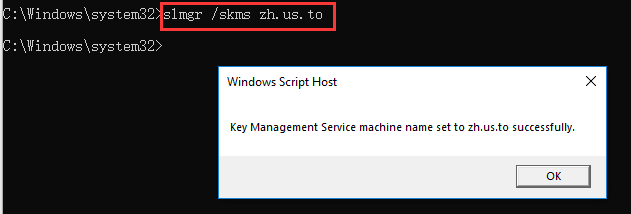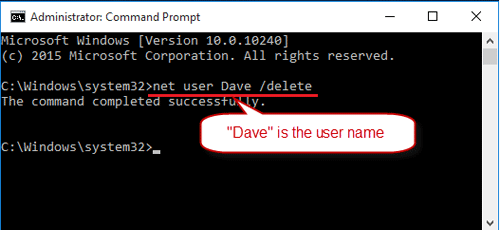

Windows 10 includes a built-in Administrator account that, by default, is hidden and disabled for security reasons. For more info, visit our Terms of Use page. This may influence how and where their products appear on our site, but vendors cannot pay to influence the content of our reviews. We may be compensated by vendors who appear on this page through methods such as affiliate links or sponsored partnerships. Sometimes you need to use the built-in Windows 10 Administrator account: here's how. As always, be sure to write down your password.How to enable and disable the Administrator account in Windows 10 If you'd like to set a password, right-click on Administrator and click on Set password. Uncheck Account is disabled and click on OK. Press the Windows Key + R and type in lusrmgr.msc. Refer back to the PowerShell method above. You will see The command completed successfully after entering any one of these commands if successful.Ģ: Enable Windows Super Administrator Account with Local Users and Groups in Windows 10 Professional


There's also no password by default, so you might consider password protecting Super Administrator should you activate it.ġ: Enable Windows Super Administrator Account with PowerShell The Super Administrator gives you the same sort of power that you get with Root in Linux, meaning there's no User Account Control (UAC) prompts and the Command Prompt or PowerShell are run with elevated privileges. Activating Super Administrator can be useful for power users, advanced diagnostics, or if you got locked out of your main account.

There was always just one administrator account from Windows XP back, but that changed in Windows Vista, 7, 8, and 10 with what many call the hidden Super Administrator account.


 0 kommentar(er)
0 kommentar(er)
